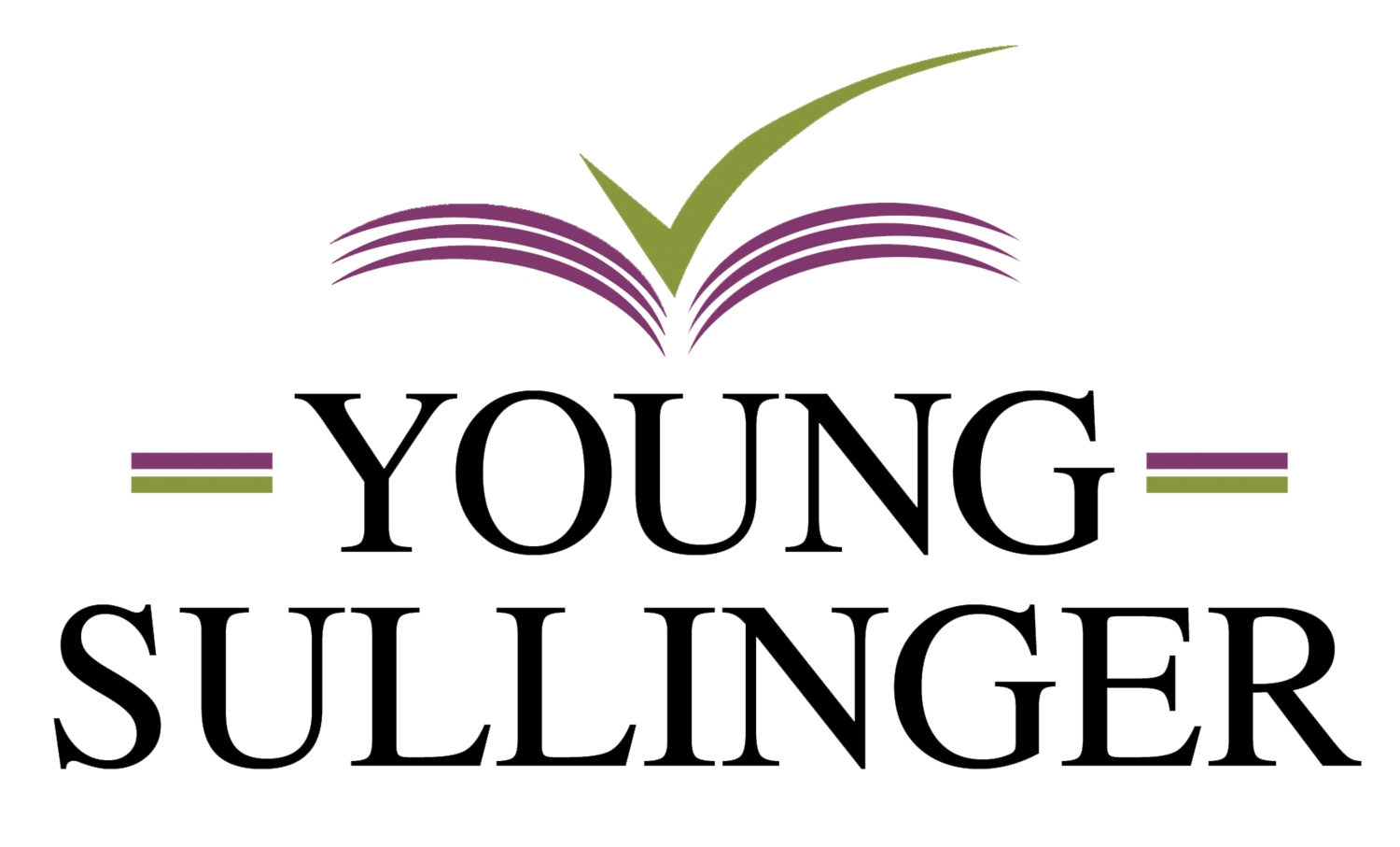When you start a business you're faced with the decision of what type of business to form: sole proprietorship, LLC, S-Corp, and others. The most basic business entity, the sole proprietorship, may offer you more tax benefits than any other business type. Find out what they are here.
I once taught a graduate tax class about choosing between an LLC and an S corporation. Probably for this reason, people frequently ask me about which entity form they should chose. "Is an S corporation better than an LLC?" they ask. "What about a C corporation?" others query.
Options such as S corporations, C corporations and LLCs can be the right choice in certain cases. But the lowly sole proprietorship-an entity you form automatically merely by starting business-is often best for tax reasons. And here's why:
A sole proprietor reports his or her business profit to tax authorities on simple one- or two-page form called Schedule C. For many sole proprietorships, in fact, all the IRS requires is a crude listing of revenue and expenses. In comparison, a corporation tax return is at least eight pages in length-and the return (typically either an 1120 or 1120S form) can it can be much larger if there's a bunch of complexity.
Corporate tax returns, by the way, practically force you to use full-blown accounting software such as QuickBooks.
Now, admittedly, the "easy tax return" may seem like a small point. But the extra work and complexity of a corporation return doesn't just mean more hours. It probably means you'll need to pay someone like me to do your return. That cost can be anywhere from a few hundred to a several thousand dollars annually in extra costs-costs that are over and above what the return would cost if your business operated as a sole proprietorship.
Here's another often-missed tax-saver unique to sole proprietorships. A sole proprietor can hire his or her minor children and not pay any payroll taxes. Other employees and employees of corporations would trigger payroll taxes-typically of at least 7.65% of wages paid.
In addition, the earned income of minor children typically isn't subject to federal income taxes if the child earns less than $6,000 a year because of the child's standard deduction. (In 2014, the standard deduction amount for single taxpayers is $6,200 but the amounts rises each year before of inflation.)
If your minor kids help out in your business and the business is operated as a sole proprietorship, the family tax bill can drops by one to two thousand dollars annually for each child employed.
Here's how the math works: If you just keep your last $6,000 of sole proprietorship profit, you'll very likely pay roughly 15% in self-employment taxes on the profits. So that's roughly $750 of tax. You'll probably also pay at least another $750 in income taxes and quite possibly another $1250 in income taxes on the profit you keep yourself.
If you pay your teenager that last $6,000 because they're actually doing work for you-the payment needs to be reasonable-neither the teenager nor the business nor the parent will pay any income or employment taxes. Total tax savings? $1500 to $2000 annually.
One other uniquely powerful tax benefit for sole proprietorships exists: Healthcare reimbursement arrangements, or HRAs. A healthcare reimbursement arrangement (also known as a IRC Section 105(b) plan) is an employer plan to reimburse employees for medical costs, including medical and dental insurance, deductibles, co-pay amounts, and any other legitimate healthcare expense.
Sole proprietors, partners in partnerships, and S corporation shareholder-employees can't participate in HRAs. But there's a loophole in the law: A sole proprietor's spouse can be covered. And that coverage can include both the employee and the employee's family. Even though the spouse-employee's family includes the sole proprietor!
What this means is that if your proprietorship employs your spouse, the sole proprietorship can establish an HRA that reimburses all or some huge portion of employee's family medical costs. The reimbursement is a business deduction for both income tax and self-employment tax purposes. That double deductibility often saves big taxes.
Let's say that your family pays $9,000 a year for health insurance and another $9,000 for uncovered medical expenses. Say a family member has an expensive long-term illness. Or simply that you've got teenagers with big orthodontia bills.
Because you're self-employed, you would get to use the $9,000 of health insurance costs as a business income tax deduction in most cases anyway. (Self-employed individuals can write off medical insurance if their business is profitable.) However, with an HRA, you'll also be able to use the $9,000 of health insurance costs as a self-employment tax deduction. That saves you roughly $1350 annually.
In addition, you'll be able to fully deduct the other $9,000 of uncovered healthcare costs as both an income tax deduction and as a self-employment tax deduction. This deductibility could easily save you another $1350 in self-employment taxes and then another $2250 in income taxes. Total savings: $4950 annually.
A quick caution: A HRA needs to be nondiscriminatory, so you would have to provide it to all employees.Furthermore, under the Affordable Care Act, penalties for healthcare insurance discrimination are extreme. (As much as $36,500 per employee per year! Ouch.) Many sole proprietors, therefore, might want to offer a full reimbursement plan only if family members were the only employees. You should confer with a tax advisor, probably, if you want to set one of these plans up.
“Author and tax accountant Stephen L. Nelson CPA”



